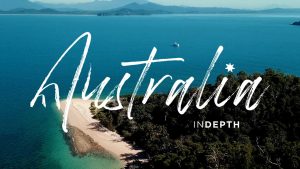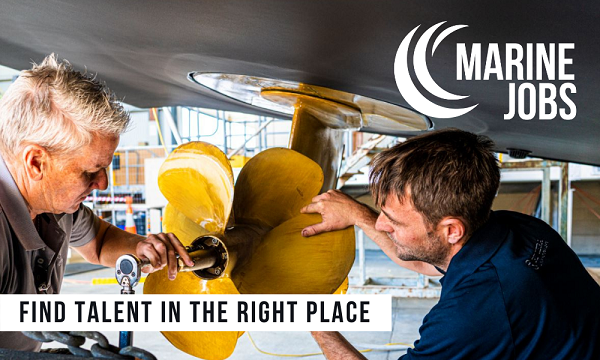New research commissioned by the Australian International Marine Export Group (AIMEX) and supported by the Queensland government has revealed that the superyacht sector contributed nearly $2 billion to the gross domestic product (GDP) of the local economy in 2016.
Findings from the research report, prepared by AEC Group, will be presented at next month’s ASMEX 2017 conference. Marine Business spoke with Ashley Page (pictured) from AEC Group about how the research was carried out.
Q: What is the background to this piece of research? How did you come to be involved?
A: Superyachts have been an obvious and visible part of the Australian tourism sector for many years. However, unlike traditional sectors like retail or manufacturing, there are no ‘standard’ statistics captured by the Australian Bureau of Statistics for the superyacht sector. AEC has worked in industry development and the marine sector for many years and has a lot of experience in quantifying the significance of sectors that are combinations of other ‘official’ sectors.
Q: Prior to this study, how much was known about the size and scope of the local industry?
A: There is a lot of anecdotal information about the superyacht sector, and some global statistics, however very little evidence-based information is available to the sector in Australia, or for its key geographies of operation, NSW and Queensland.
Q: How was the study carried out? What sort of data was collected and how long did it take?
A: This study presented the opportunity to capture primary data from industry participants right throughout the supply chain, and, for the first time, establish an accurate and reliable picture of the sector and its growth potential. We collected data around the three core components of the superyacht sector – design and construction of new vessels, operations and maintenance of vessels for private leisure, and charter operations (covering domestic and overseas vessels) – as well as the economic impact of tourism expenditure from visitors undertaking other activities in Australia either side of their cruise. We also captured the quantum of expenditure brought into Australia from overseas crew when they are not actively working. It was quite a challenging data capture process and took approximately six months to complete.
Research overview
Findings from the superyacht industry economic impact study include:
- The industry contributed a total of $1.97 billion to GDP in the 2016 financial year.
- It supported about 14,500 full time equivalent (FTE) jobs, paying $1.2 billion in wages and salaries.
- Foreign guests on superyachts spend an estimated $15,000 to $25,000 per day on land in Australia, in the days before and after their cruise. This includes an average $7,500 for luxury goods and services, such as jewellery, clothes, food and drinks.
- Foreign tourist, guest and crew expenditure adds nearly $190 million annually to the local tourism market.
The contribution of superyachts to GDP by activity in 2016 include:
- Local maintenance and construction of superyachts- $400 million.
- Transport and warehousing – $77 million.
- Accommodation and food – $50 million.
- Professional services – $44 million.
- Local retail trade benefit – $42 million.
Q: What is the value of a report such as this one? What sort of long-term impact do you think it may have on the industry?
A: Reports like this one for an observable and exclusive sector such as superyachts present a detailed evidence base for industry to stand behind and explain to policy makers why their issues should be heard, particularly when policy change presents such a strong opportunity to drive additional jobs and economic activity in Australia. I would like to think this report plays a part in seeing the superyacht sector realise its full potential in the Australian and South Pacific economies.
Q: Did anything about the study’s conclusions surprise you or change the way you think about the superyacht sector?
A: It is a big and shiny sector with quite a significant impact on regional economies throughout Australia. But the key takeaway for me was the level of intelligence of the stakeholders in the super-yacht sector; they are innovative, increasingly collaborative in respect to development opportunities and ready to invest. They just need policy that was designed for other applications to get out of their way. I see few other single industry policy tweaks that will drive such a stepwise change in Australia’s tourism growth targets as this.




